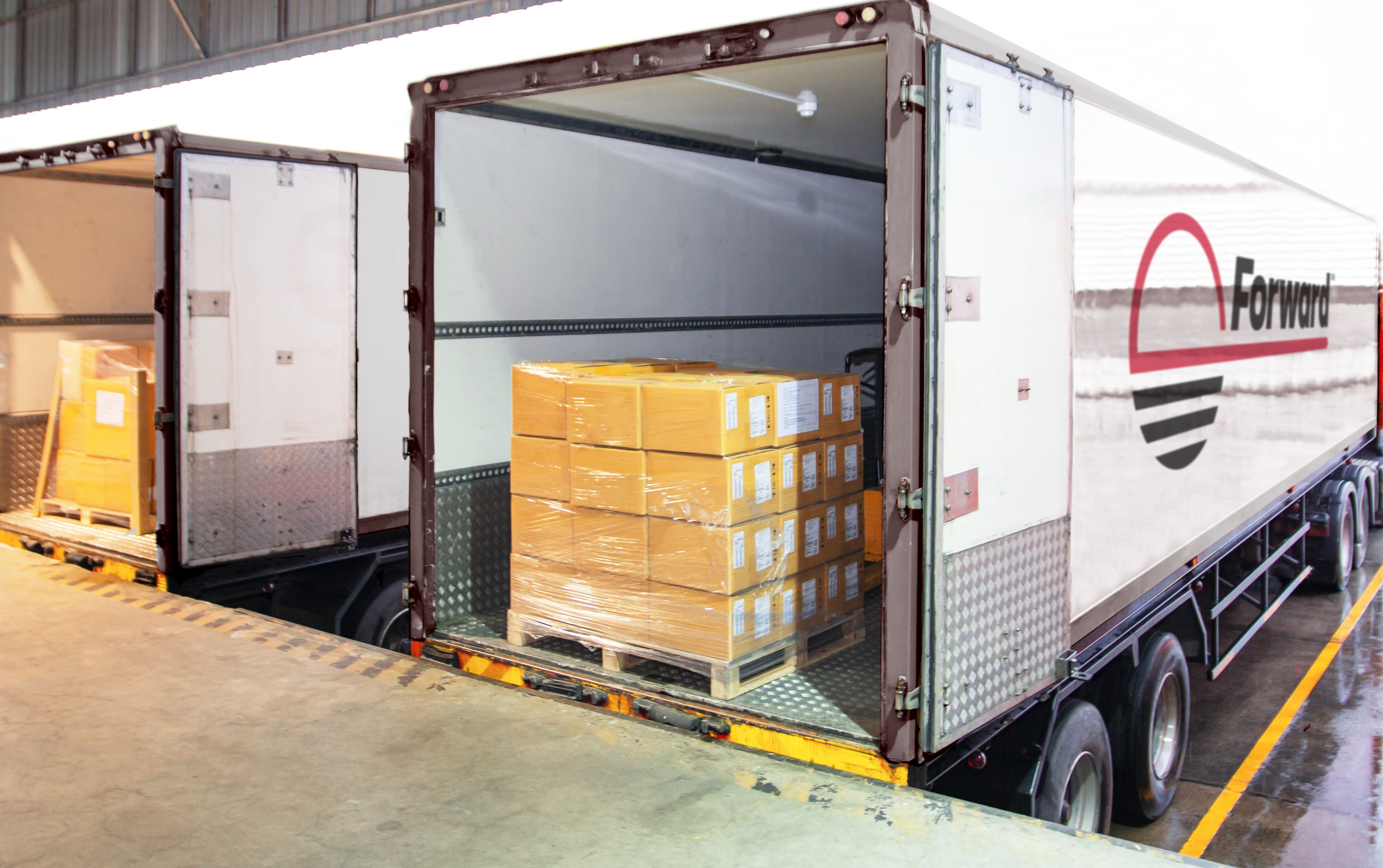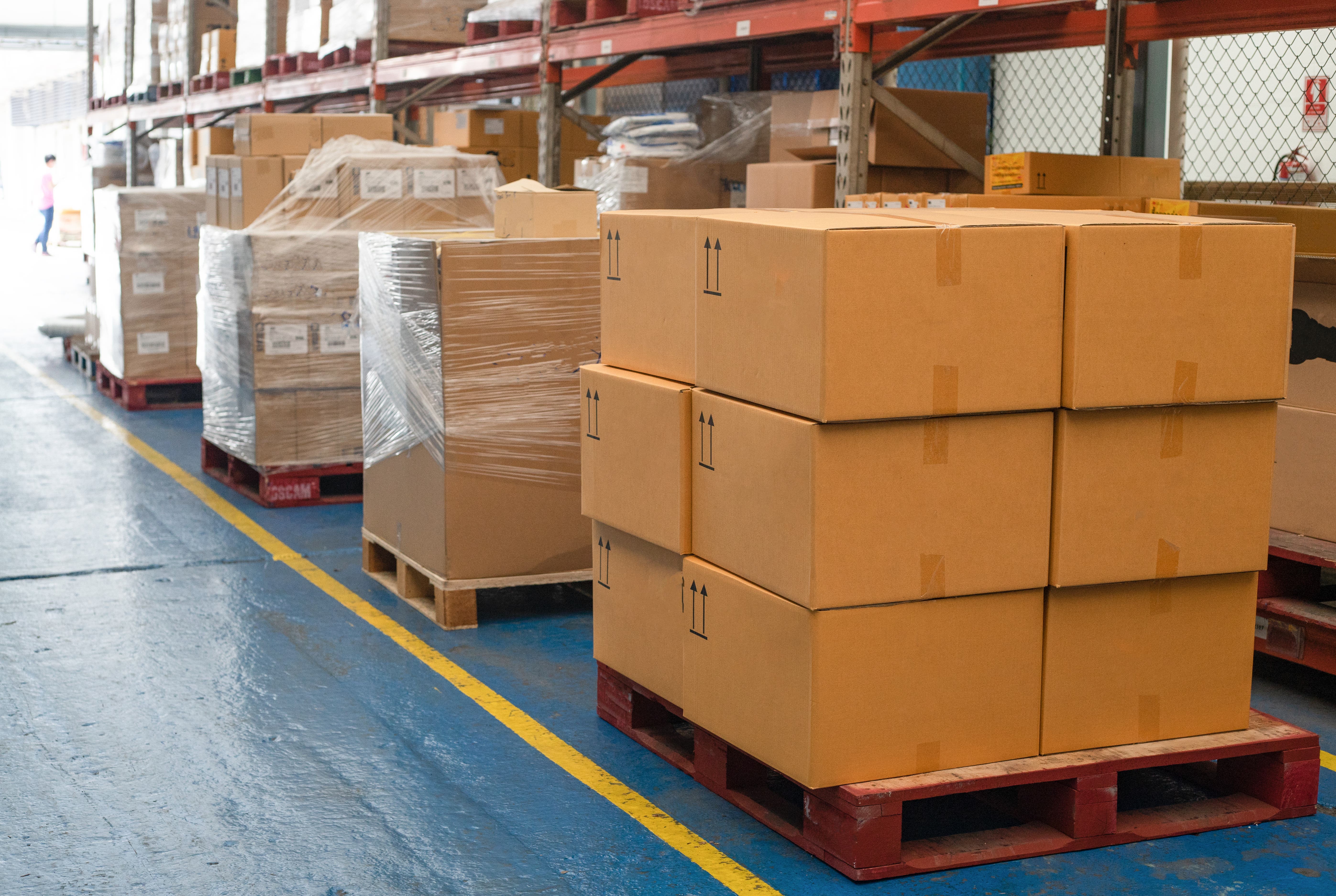Brent Nadlicki, Vice President of Operations and Service Delivery
The 1990s brought us emerging technologies, globalization, and worldwide access to the web, which set the stage for a dynamic shift in online buying trends. Who could imagine the e-commerce business model would impact expectations in a way that would forever change the buyer’s experience? The "Buy It Now" button and Two-Day Delivery model has become standard in customer expectations in more than just the B2C space. With this assumption of efficiency came a demand for higher-quality products. In the early days of e-commerce, mail-order products had a comparatively high damage rate. Today, customers in every market expect to receive their orders quickly and in perfect condition every time. Building a trusted partnership with a ground transportation expert is key to success for businesses to rise to the new standards of commerce. In a competitive industry with many options, read on for three insights to help you choose the right PUD shipping partner to meet your business needs.
PUD Experience: Industry, PUD, and Product
First, consider your selected provider's experience in the industry and their experience shipping products like your own. This will provide a solid foundation for you while considering the options. A company that understands your challenges, business needs, and opportunities will ultimately add value to your brand when making the final deliveries. A seasoned shipping provider in your industry will bring the expertise to provide real-time solutions and resources to fulfill customer expectations for each pickup and delivery. Look for a provider with decades of industry experience who serves the full spectrum of market-sized customers. Serving customers of all industry sizes allows shipping providers to customize the service to the needs of each individual and organizationally unique policies. ensuring products are delivered with your company values in mind.
Next, let's get into the PUD particulars. Consider how long the carrier/business has been delivering in the direct-to-consumer space. For example, the carrier could employ a driver with 15 years of experience in PUD, but the company has only been doing PUD for two years. As with many things, a carrier's aggregate experience in each specialization indicates how they – as a potential partner– are positioned to handle issues/problems that might pop up during a PUD assignment. It's helpful to look at how a specific service – in this case, PUD – is represented in the carrier's employee training, customer service, sales, and even IT. The more you see a specialized service represented in functional groups adjacent to drivers, the better the odds they are equipped to handle issues while servicing your account.
PUD Power: Capabilities and Resources
Chief among the challenges of choosing a PUD provider is evaluating the capabilities and resources of each potential partner. We can break this down by surveying the availability and impact of a provider's equipment, staff, and facilities.
Drivers must know the equipment. While a standard trailer might work for most palletized freight, it's crucial to consider irregularly shaped products in high demand, such as appliances, furniture, gym equipment, and the like. Items that are irregularly shaped, overweight, or need increased levels of security, require the proper equipment to deliver the items without incident. And the need for industry-specific equipment differs still. For instance, delivering furniture is vastly different from delivering a high-tech piece of gym equipment. Understanding whether a shipping provider can reliably handle your freight with the proper equipment is important for customer longevity.
Another essential component to consider in a shipping partner are team members. Does your shipping provider employ people directly, or do they use independent contract drivers? In either case, what are the training requirements? The physical work associated with PUD is unique in the transportation space. Drivers in PUD programs serve as an extension of your brand, so setting expectations for driver behavior and services is just as important as ensuring they have the right equipment to do the job.
Of course, using the right equipment and the right people doesn't get you very far unless your partner has adequate route coverage and sufficient facilities for the journey. Loading and unloading freight at, for example, airport facilities is a different task than loading at a terminal and unloading at a customer's home. In urban areas especially, traffic and parking regulations make delivery more challenging. Partnering with a carrier with equipment specialized for urban delivery driven by people who have experience delivering in neighborhoods is important.
And don't forget about reverse logistics. An often-overlooked consideration, reverse logistics, is many times the hero of the day. While manufacturing innovations in the last 10 – 20 years have drastically reduced the number of defective products making their way to a customer's home, there are still plenty of instances where this occurs. Add to that the customer challenge of removing products being replaced (especially big and bulky items), and you become the hero of your customer's day for a second time. As with inbound PUD, reverse logistics often requires specialized equipment and labor. Ask the right questions to ensure reverse logistics is included for returned and replaced items.
PUD Customer Service: The Power of Integration
As noted earlier, carriers who provide PUD services are often seen as an extension of your brand. Even though your logo isn't on the delivery truck, the person (or people) making the delivery is the last face your customer sees before using your product. Check out the customer service branch of your PUD provider to learn what the customer experience might be like for your buyers. Better yet, does your provider offer technology features that allow your customer service team to integrate into their system to see claims, customer inquiries, questions, and concerns regarding delivery? Connect with a provider that allows your team to have data visibility as it pertains to the PUD service provided to your customers. In some instances, the shipper might be able to integrate with your customer service platform (i.e., Salesforce, ZenDesk) that could enable their customer-facing employees to field Tier 1 customer support requests before passing them off to yours. In other cases, it can be beneficial to have an SOP (Standard Operating Procedures) in place with the PUD carrier that clearly articulates how customer support should occur during or immediately after the drop-off.
Saturated by the majority of B2B and B2C e-commerce providers, customer expectations have permanently changed when it comes to receiving goods. They want their orders sooner, within a tighter delivery window, and they want those things done with the highest levels of precision and quality. Building that capability is cost-prohibitive for most businesses that could use those services, but many carrier partners can help deliver on that customer demand. The key to success is doing the research, partnering with a reliable carrier, and – of course – shipping products that customers cannot wait to get their hands on.



